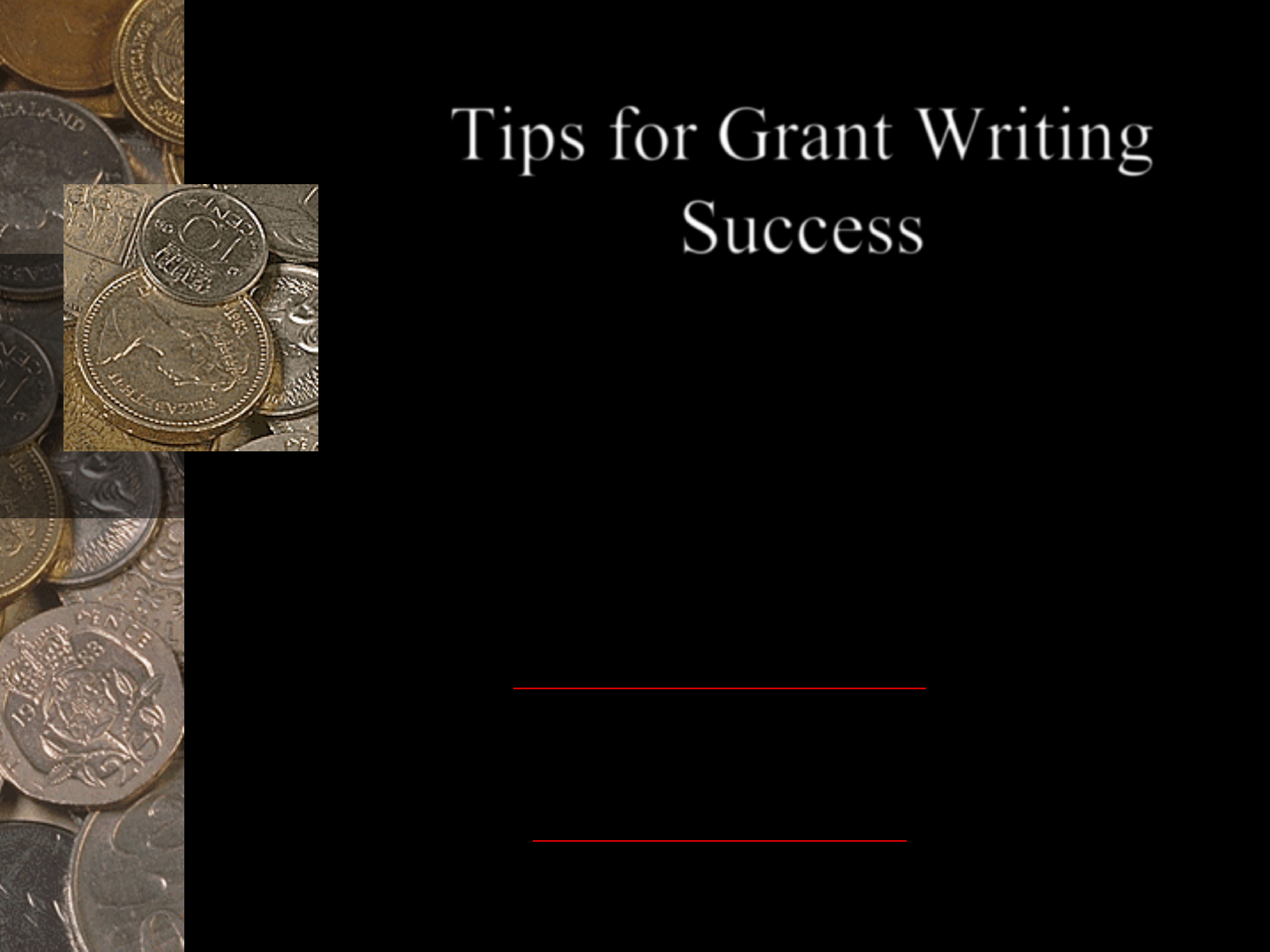
Objectives
• Provide tips for the grant sections that states
find most challenging as well as grant
writing success factors.
• Promote reflection on how programs can
use health agency and community resources
to enhance their grant writing process.

SOHP Key Frustrations
• Needs/ projects don’t match funder priorities
• Understanding/following FOA guidance
• Short submission deadlines
• Limited SOHP staffing and grantwriting expertise
• How/when to best involve stakeholders
• Lack of data to support needs
• Aligning objectives, activities, evaluation and budget
• Identifying non-federal match
• Navigating online application/tracking process
• Rejection/approval notices with no feedback

Some SOHP Keys to Success
• Highlighting/following FOA guidance
• Good partnership support; ability to leverage other
resources
• Good data to support needs/gaps
• Supervisor/state leadership support
• Appropriate grantwriting expertise/support
• Ability to tell our story
• Good evaluation plan

• Abstract or summary
• Organizational
description
• Identification of needs
(needs assessment)
• Project description
• Service
area/populations
served
• Project goals and
objectives
• Work plan
• Staffing
• Partnerships
• Budget/Justification
• Project accountability
• Evaluation plan
• Project
outcomes/impact
• How you will share
project information
Key Sections of a Grant

Why Grants?
1) You receive funds because
you meet needs,
not because you have needs.
2) Grants may not be the best way
to meet the needs
3) A partner may be the best applicant for
your project

Grant Reviews
• In person vs conference calls
• One subject area (oral health) vs many
(public health)
• Funder staff vs outside reviewers
• Stakeholders vs content experts
• Researchers vs program/PH expertise
• Professional and personal biases
• Other factors: geographical balance, special
populations, rural vs urban, etc.

Potential Funding
Sources for Oral Health
• Federal agencies
• National organizations
• Foundations
• State Appropriations
• Special Funds
• Not-for-Profit Groups
• Service Clubs
• Private Corporations
• Businesses

Where to Look For Funding Sources
• Print directories
• On-line databases
• Libraries
• Constituents
• Elected officials
• Similar agencies
• Prior funders

Conduct a Funder Analysis
• “About Us,” Mission, Giving history, Annual
reports
• Products and services/types of grants
• Funding cycles– FOA vs continual
• Matching funds requirement
• Eligibility preferences/restrictions
• Investor relation/corporate information
• Fit for department and program priorities,
alignment, framework and strategic plan

Grant Skills
• Create business/funding plan
• Build/use partnerships
• Assess/reflect community needs
• Develop/follow workplans and
evaluation plans
• Writing, integrating comments
and edits, proofing
• Data analysis and presentation
• Negotiation, diplomacy, collaboration

Grant Writing/Management
• Use partnerships; build on the strength of
collective impact
• Build on lessons learned; review past
successful and unsuccessful grants (yours or
others)
• Ask for critical review from mentors or
others
• Make sure you have the right expertise at
the table as well as a good writer

Using an Outside Grantwriter
• They don’t know your program, you do! They are
not mindreaders or magicians.
• Grantwriters’ skills and styles may be very
different; you need to find the right match.
• Grantwriters are best at helping you get organized,
reviewing and “cleaning up” what you’ve written,
and making sure you are ready to submit.
• What you really need on the team is a stellar
writer who can adapt for different audiences!

Getting Organized
• One person cannot do it alone!
• Develop funding plan, prioritize , match to
potential funders
• Get community/partner input on needs/priorities
and resources to leverage, including matching $
• Write and get feedback on standard paragraphs for
organizational description, needs assessment,
service areas/populations served, staffing , and
potential projects, plus collect CVs/bios in a file

Mobilize Partnerships
• Partner to conceptualize, write, implement, evaluate the
grant
– Staff - epi, evaluator, program managers
– Supervisor support
– State leadership support
– Chronic disease, MCH, other state programs
– Medicaid/CHIP
– Oral Health Coalition
– FQHCs/CHCs
– Foundation coordination
– Universities

Describe Partnerships
• Identify key partnerships and other
resources
• Describe their commitment to the project
• Identify gaps in partnerships and how you
will fill them
• Identify new partnerships you are building
• Make sure letters of support state specific
commitments or type of support

FOA Team Effort
• Read it, Read it and Reread it!
• Determine if you are an eligible applicant
• Highlight or underline key dates, requirements and
questions to answer
• Make a checklist of all items that need to be included in
the submission and how to submit them
• Note any areas of confusion; clarify with funder
• Check off the items in the checklist when you submit the
application
• Track via email notifications or other means

Foibles of FOAs
• Boilerplate language can be confusing, vague, and
not match subject specific definitions
• Some instructions in the guidance may be
contradictory or not supported by the online
submission framework (e.g., forms that aren’t
fillable, no place to attach a file)
• Grants.gov and other systems make minor
changes, e.g., password requirements, or are
incompatible with browsers
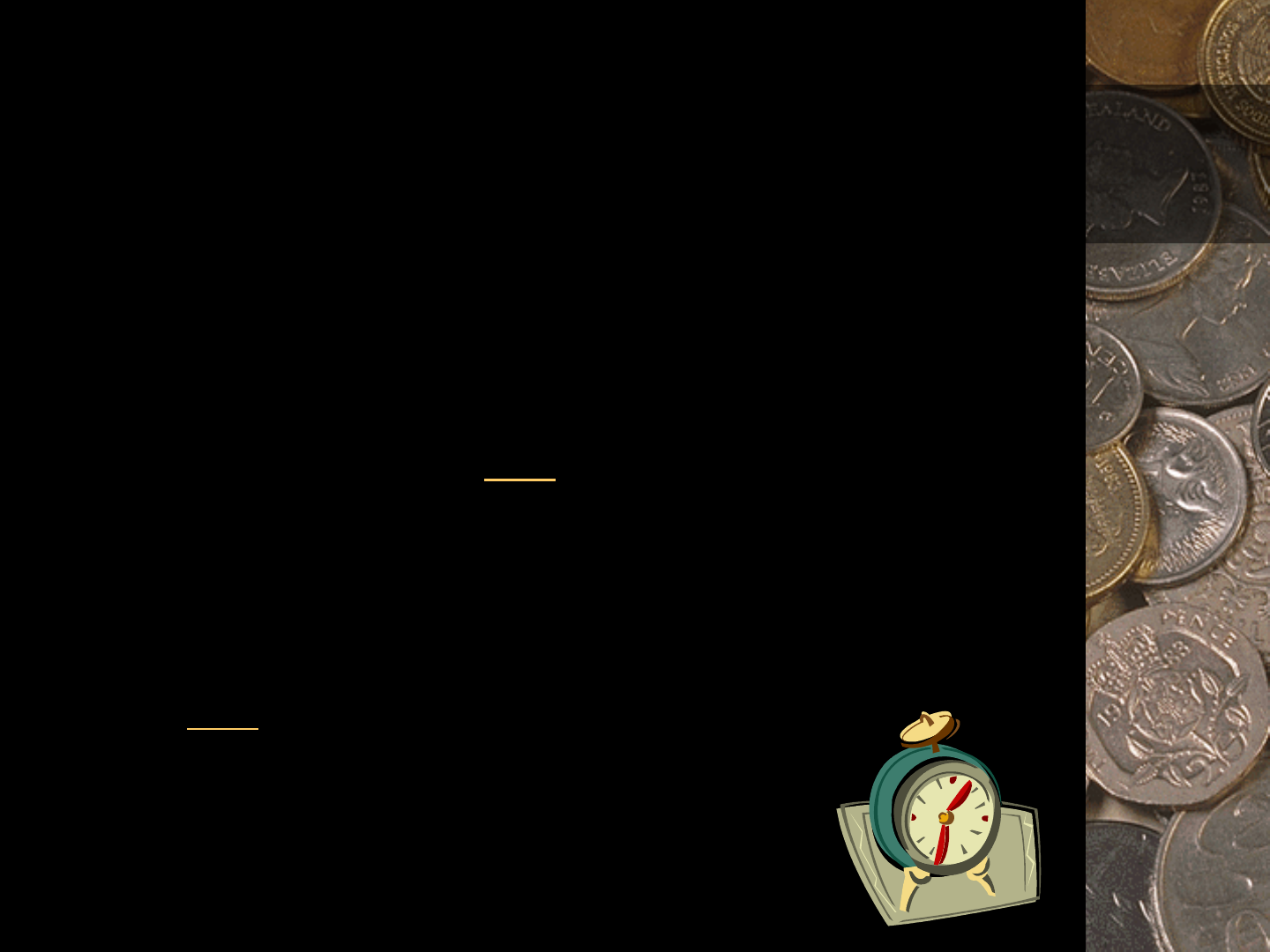
Timelines
• Set a timeline for completing each section of the
application and the forms/assurances
• If multiple writers, assign the sections and set
deadlines, then have one person edit into one style
• Allow adequate time for accounting/budget review
• Allow adequate time for review and edits by
supervisors/agency officials
• Have one person proof the final document
• Submit 1-2 days before the deadline to
allow for unanticipated glitches

Organizing the Narrative
• Use the Section Headings from the FOA guidance
so it is easy for reviewers to find the information
• Integrate strong reliable data from various sources
to support the need and identify data gaps
• Write a compelling story so non-dental reviewers
will understand what the needs are, why they are
important and how you propose to address them

Where Do I Get the Data?
Use local data if possible; Use comparisons
• State Plan
• BRFSS
• YRBS
• PRAMS
• Cancer Registry
• ASTDD State
Synopsis
• NOHSS
• State Medicaid/CHIP
• State epidemiologist
• Dental insurers
• CHC Clinical Data
• PCA infrastructure
and clinical data
• Universities, policy
institutes
• State and local surveys
• Other grants

Creating Your Work Plan
• Use their forms if required
• Use a well-organized form/table format
(build the ladder)
– Goals
– Objectives
– Activities and Strategies
– Time frame
– Party responsible
– Evaluation
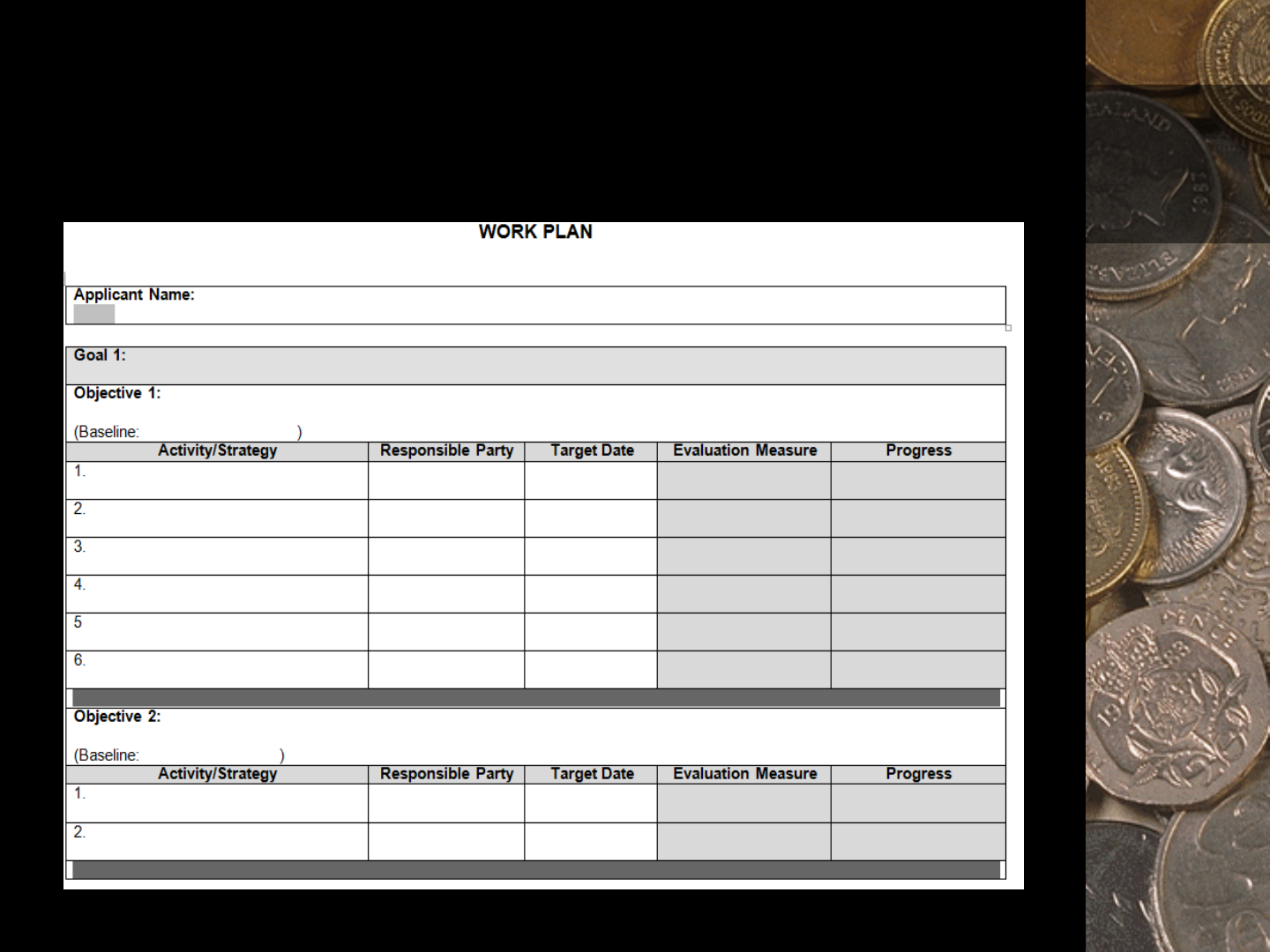
Work Plan Template

Develop Quantifiable Objectives to
Facilitate Evaluation
• SMART objectives are measurable
– Specific
– Measurable
– Achievable
– Realistic
– Time bound
• By June 30, 2014 increase to 50 the percentage of pregnant
women in state X who received preventive oral health care
in the last 12 months. (Baseline: 45% in 2011, PRAMS)

Use Quantifiable Measures for
Activities
• Assess oral health policies in all schools in
County X
– Evaluation Measure:
• # of schools with comprehensive policy
• # of schools with policy that is not comprehensive
• # of schools with no policy
(the total of these three measures should equal the
total number of schools in the county)
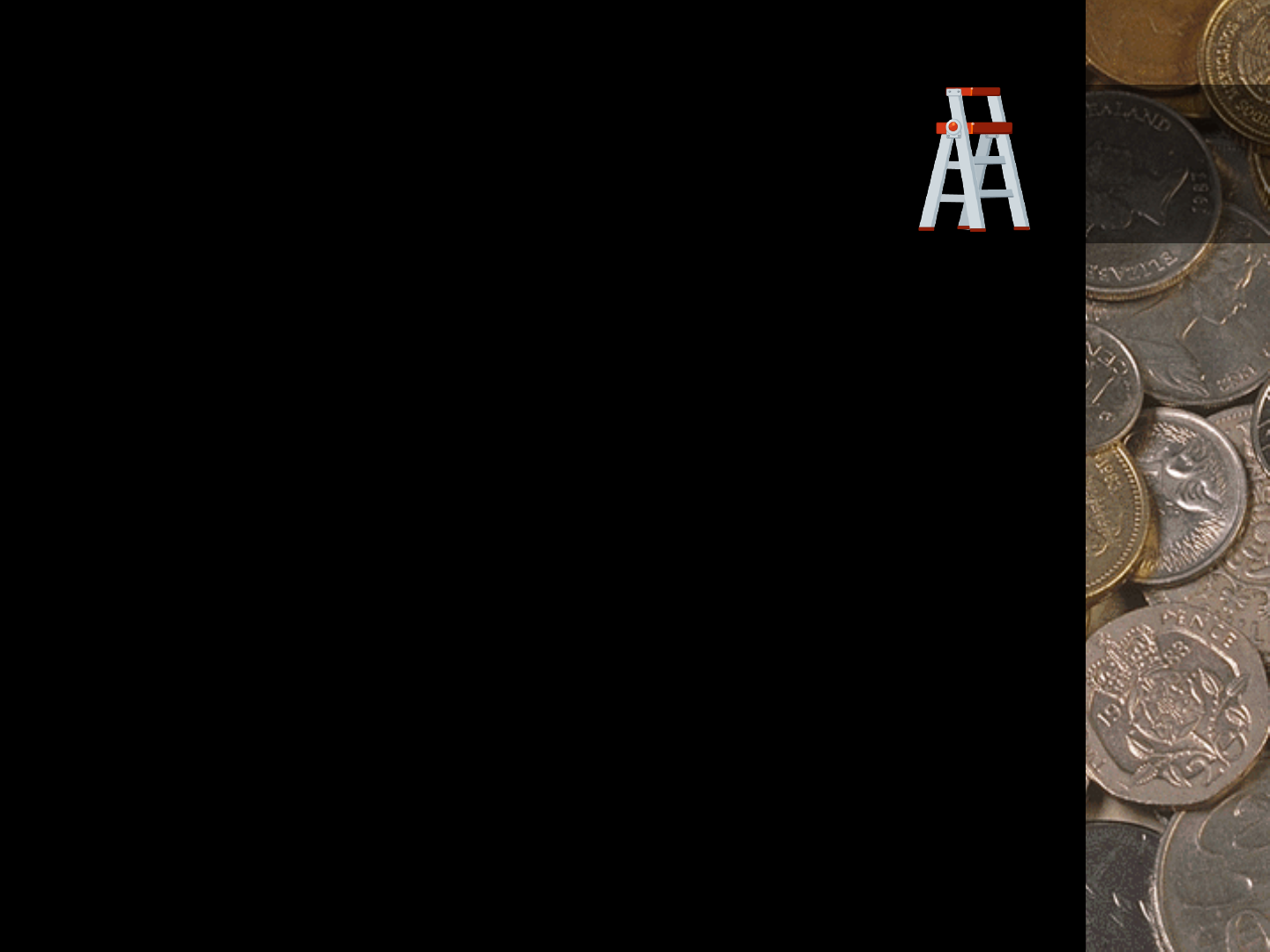
Build the Ladder
• Goal: Improve access to dental care for underserved
children.
• Objective: By July 2014, increase to 40 the percentage of
Medicaid enrolled children age 0-21who have had a
preventive dental visit in the last 12 months. (Baseline:
35% in 2012, CMS 416)
• Strategy: Implement dental sealant programs in schools.
• Activity: Implement dental sealant programs in all (10)
elementary schools in Laurel County with >50% of their
children enrolled in free/reduced fee school
lunch programs.
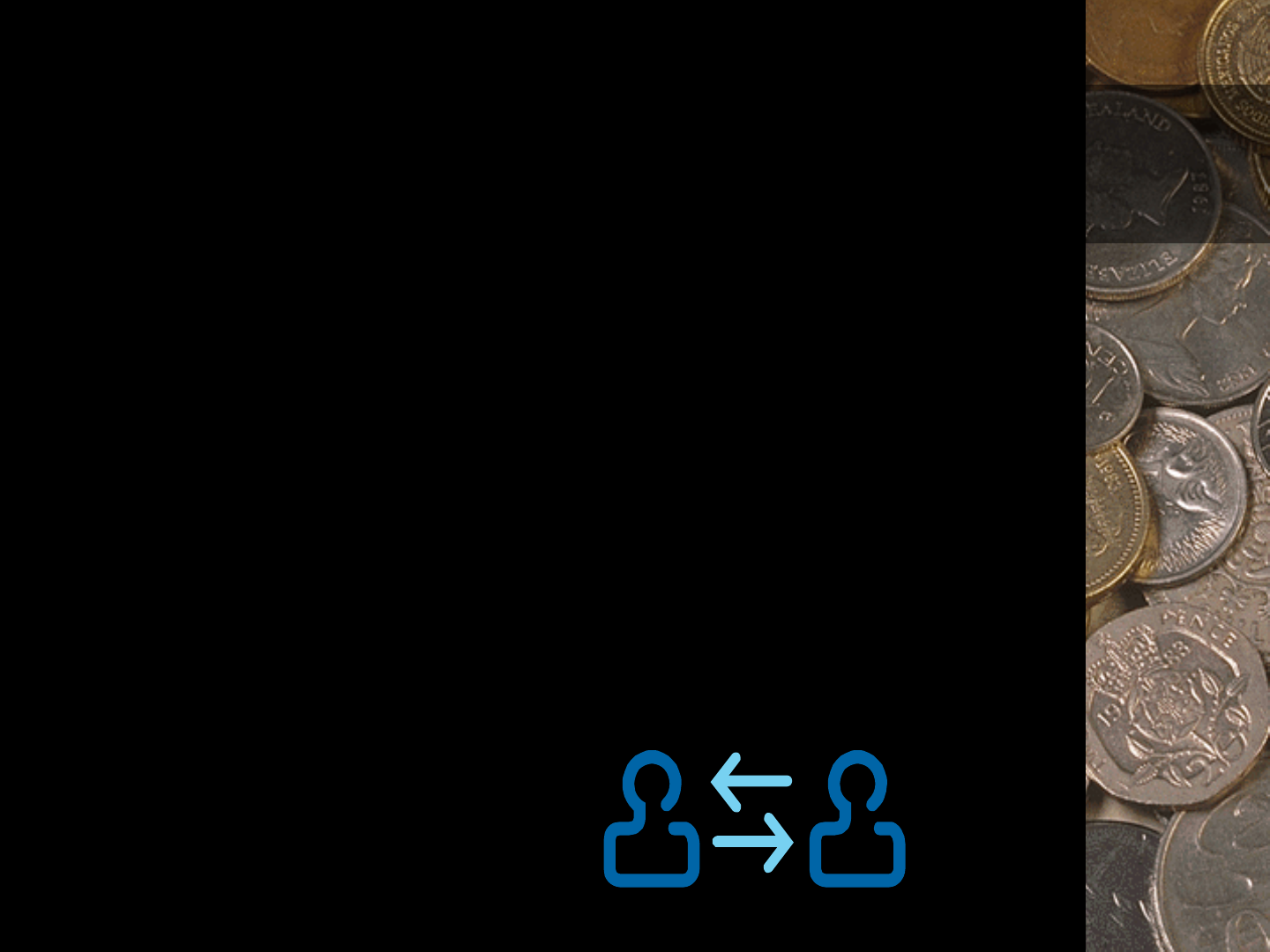
Matching Exercise
• Evaluation/performance measures are
matched to objectives and activities
• Items in the work plan that require funding
are included in the budget (if not included,
indicate if there is another funding source)
• Staffing level of effort can accomplish and
evaluate activities

Measuring Success/Evaluation
Process Examples
• # of communities
served
• # of children reached
• # of children receiving
dental sealants
• Workshops conducted
and evaluated
• State plan developed
Examples of Outcomes
• Increase in the % of
children with dental
sealants
• Decrease in the % of
children with untreated
caries
• Clinics use best practices
to improve their no-show
rates
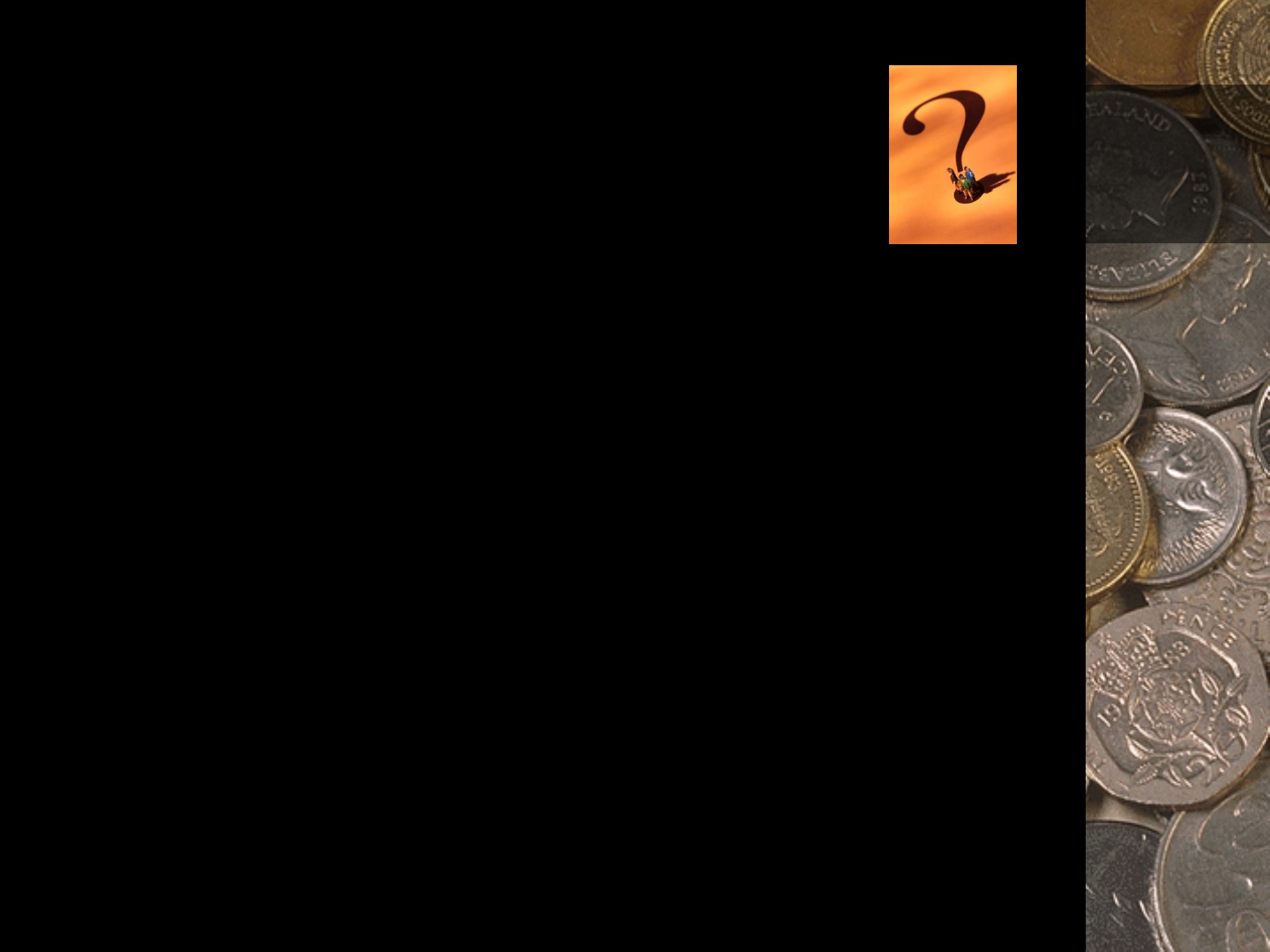
Assuring Progress
and Accountability
• Are we meeting timelines for completion of
activities and strategies?
– If not, what hindered performance?
• Did we do what we said we were going to do?
– If not, what hindered performance?
• Did partnerships result in more coordinated efforts
and leveraged resources?
• What lessons were learned and what successes
should we celebrate and share?
• Are we on track with spending?

Sharing Results
Decide on target audiences and plan specific
communications
• Newsletters
• Annual reports
• E-mail blasts
• Websites and social networking sites--Twitter, Facebook
• Press releases
• Presentations
“Funders entice other funders”
“Communication maintains your visibility and acknowledges
the contribution of partners”
